Diagnostic Services facilitates the provision of timely, cost-effective, and high quality diagnostic care in safe and secure environments. It includes the clinical services of Pathology and Laboratory Medicine, Radiology, and Nuclear Medicine.
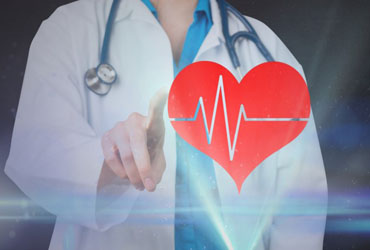
An electrocardiogram (ECG) is a simple test that can be used to check your heart's rhythm and electrical activity. Sensors attached to the skin are used to detect the electrical signals produced by your heart each time it beats.
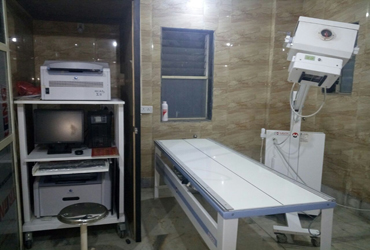
The most familiar use of x-rays is checking for broken bones, but x-rays are also used in other ways. For example, chest x-rays can spot pneumonia. Mammograms use x-rays to look for breast cancer.
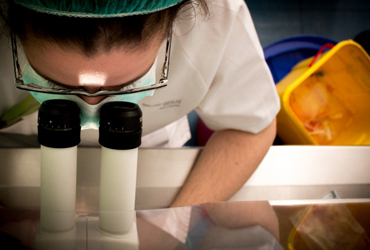
Clinical pathology is a medical specialty that is concerned with the diagnosis of disease based on the laboratory analysis of bodily fluids such as blood and urine, as well as tissues, using the tools of chemistry etc.
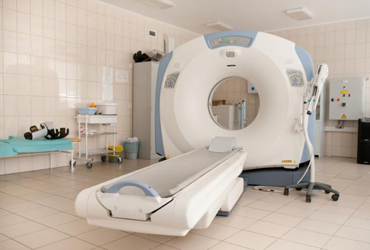
A 'computerized tomography' (CT) (or 'computerized axial tomography' (CAT) scan) uses a computer that takes data from X-ray images of structures inside a human's or animal's body, converts them into pictures on a monitor.

Stress test involves walking on a treadmill while your heart rhythm, blood pressure and breathing are monitored. Doctor may recommend stress test if he or she suspects you have coronary artery disease or an irregular heart rhythm (arrhythmia).
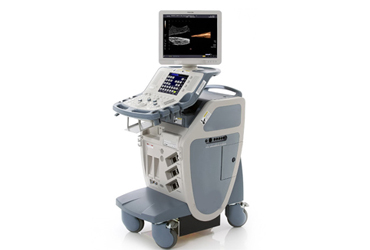
An echocardiogram, often referred to as a cardiac echo or simply an echo, is a sonogram of the heart. (It is not abbreviated as ECG, because that is an abbreviation for an electrocardiogram.)
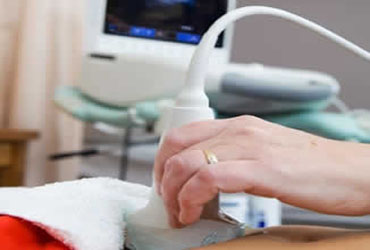
Sonography (ultrasound) uses sound waves to generate an image for the assessment and diagnosis of various medical conditions. It can be used to diagnose and treat a variety of medical conditions in the body.
Copyright © 2015 Medicom. All rights reserved | Design by W3layouts